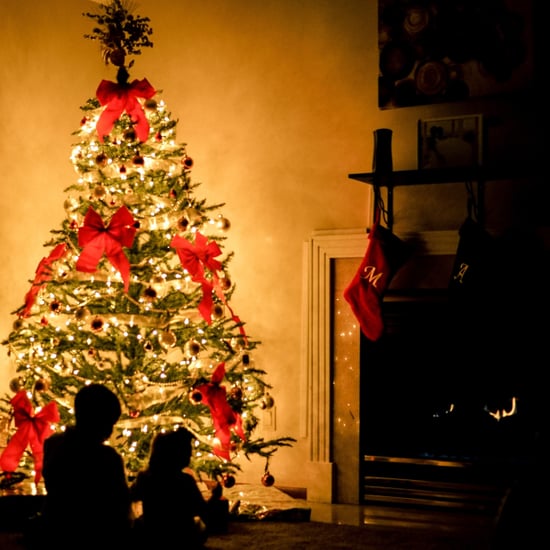 The book’s cover says it all: It shows Apache students on their arrival at Carlisle Indian School in Pennsylvania, an off-reservation school thousands of miles away from the students’ homes in the southwestern United States. The photograph at the bottom depicts the same students three years later in 1889. What a difference! Whereas in 1886, the children were wearing shawls, robes, and ponchos and had their hair done in different styles – some even wearing hats – in the photograph below, everyone is dressed alike in what seems to be grey, woolen, very tight clothing.
The book’s cover says it all: It shows Apache students on their arrival at Carlisle Indian School in Pennsylvania, an off-reservation school thousands of miles away from the students’ homes in the southwestern United States. The photograph at the bottom depicts the same students three years later in 1889. What a difference! Whereas in 1886, the children were wearing shawls, robes, and ponchos and had their hair done in different styles – some even wearing hats – in the photograph below, everyone is dressed alike in what seems to be grey, woolen, very tight clothing.
The “American Indian problem,” Arnold Krupat writes in his most recent book, Changed Forever: American Indian Boarding-School Literature, permitted “only two solutions, extermination or education. Extermination was costly, sometimes dangerous, and, too, it also seemed increasingly wrong.” The alternative was boarding or off-reservation schools. Although countless books and documentaries describe the boarding school system, relatively little is known about how the children themselves felt about their new environment, their daily chores and school routines. Krupat remedies this shortcoming by placing excerpts of those boarding school narratives in the appropriate cultural and historical context.









 This year, the team of the American Studies Blog would like to wish you all a very Merry Christmas by testing your knowledge of Christmas trivia. We hope that you will pass ‘and’ pass on our infotainment to your family, friends, colleagues, and students. It is interesting to ponder how much other cultures have enriched American Christmas traditions. Without further ado, here’s our Christmas quiz for you:
This year, the team of the American Studies Blog would like to wish you all a very Merry Christmas by testing your knowledge of Christmas trivia. We hope that you will pass ‘and’ pass on our infotainment to your family, friends, colleagues, and students. It is interesting to ponder how much other cultures have enriched American Christmas traditions. Without further ado, here’s our Christmas quiz for you: end of the world was imminent and that the right to exist without interference from the government took precedence over all other personal needs. Self-sufficiency from his point of view meant life without any formal education and health care. As a child, Westover was taught to obey, not to question. And when tragedy struck – which was often brought upon by the patriarch’s poor judgment – father still knew best. Family life was marked by dangerous, hard physical labor, poverty as well as the constant stockpiling of supplies, be they canned food or survivalist gear. Paranoid that the government would somehow intervene, the family was prepared to defend their way of life by any means necessary.
end of the world was imminent and that the right to exist without interference from the government took precedence over all other personal needs. Self-sufficiency from his point of view meant life without any formal education and health care. As a child, Westover was taught to obey, not to question. And when tragedy struck – which was often brought upon by the patriarch’s poor judgment – father still knew best. Family life was marked by dangerous, hard physical labor, poverty as well as the constant stockpiling of supplies, be they canned food or survivalist gear. Paranoid that the government would somehow intervene, the family was prepared to defend their way of life by any means necessary.